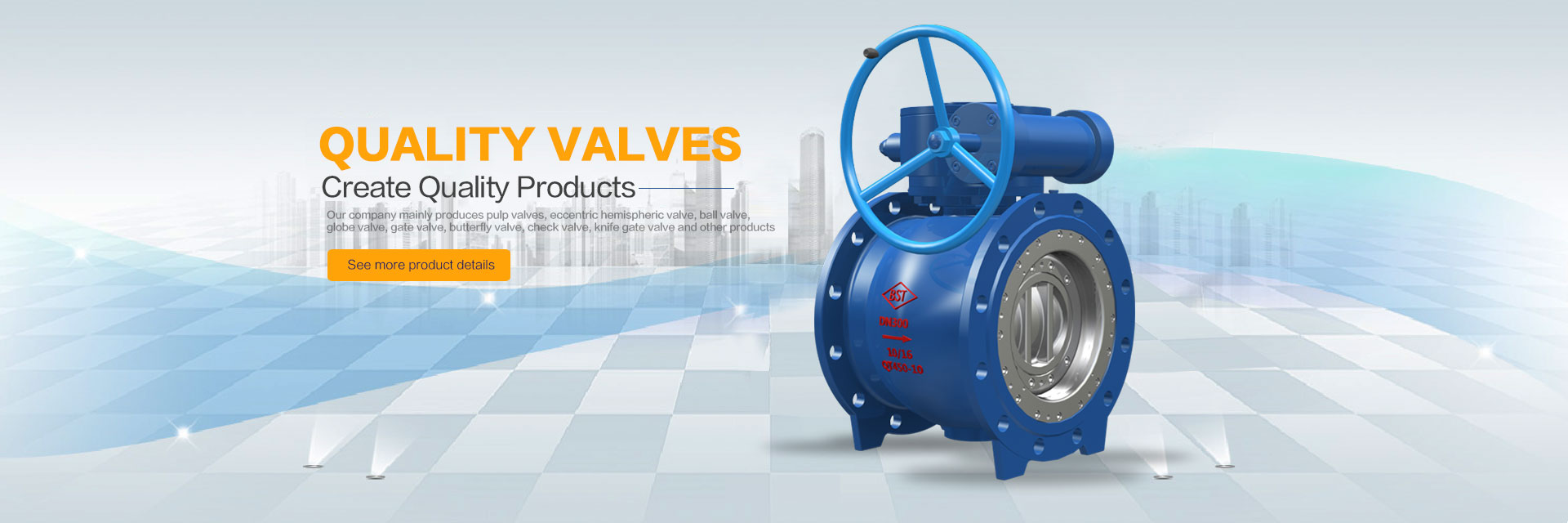Causes of Rust on the Surface of Stainless Steel Valves
304 austenitic stainless steel (new standard 06Cr19Ni10 steel, old standard 0Cr18Ni9 steel) is widely used in petrochemical, metallurgical machinery, aerospace, food processing, instruments, household appliances, hardware manufacturing and other industries due to its good toughness, plasticity, weldability, corrosion resistance and non magnetism at room temperature and low temperature.
The excellent corrosion resistance of 304 austenitic stainless steel in atmospheric environment is due to a layer of Cr passivation film formed on its surface. If there are inclusions in the material itself, and the environment causes severe local corrosion conditions, it may lead to material corrosion, which may affect the appearance of the product, and may become a potential safety hazard in later use.
A lot of corrosion spots appeared on the surface of a batch of 304 austenitic stainless steel fasteners, which were systematically analyzed from the aspects of material structure, inclusion level, grain boundary corrosion resistance, corrosion spot morphology, corrosion location composition, rust layer composition, etc. According to relevant literature, 304 austenitic stainless steel rust is generally divided into the following categories: First, carbide precipitation at grain boundaries due to insufficient solid solution treatment or use within the carbide precipitation temperature range, and grain boundary corrosion caused by local chromium deficiency of materials; Second, the inclusion on the material surface destroys the uniformity of the material surface, thus causing local corrosion; The third is stress corrosion in the presence of strong penetrating ions such as chloride ions.
Compared with the conventional 304 stainless steel, the content of Cr and Ni in the corrosion sample is normal, but the content of Si is slightly higher, but it meets the standard requirements.
The solid solution treatment of the sample is sufficient, and the grain boundary corrosion caused by carbide precipitation along the grain boundary will not occur. There is a diameter of about 10 on the sample surface μ The corrosion point of m contains elements such as CI, S, Ca, Mg and Al. It can be inferred that the inclusion on the sample surface is the direct cause of corrosion of the material. Test result: the material surface is 36~125 μ Sulfide is found in the range of m, ranging from 75 to 170 μ There are silicate inclusions in the range of m.
From the salt spray accelerated corrosion test results, after 14 days of accelerated corrosion in the salt spray box, the rust of the samples with rust stains was not obviously expanded, and no new rust stains were formed. This fastener is used in the coastal environment. The CI concentration is generally 0.381 ~ 0.438mg/m3, which is far less than the test concentration. It can be inferred that the inclusion on the material surface is not the only reason for material corrosion, but there are other reasons to accelerate the corrosion of materials.
After cold heading and wire rolling, 304 stainless steel fasteners are generally subject to pickling and passivation treatment. The main purpose is to remove all kinds of grease, oxide skin, scar, etc. on the surface, and at the same time, to quickly passivate the metal surface exposed to the air to form a new chromium rich passivation film, which plays a role in rust prevention. Therefore, passivation treatment is very important in the processing of stainless steel fasteners. If the pickling and passivation treatment is improper and the residual acid on the surface is not cleaned up, the local corrosion environment of the material surface may be harsh, such as local high CI -, low PH value, etc., which will accelerate the material corrosion. The corrosion samples also found the existence of CI -, and the local high CI - on the surface accelerated the corrosion of materials.
In view of the causes of corrosion, three measures are taken: first, strengthen the control of raw material procurement process and reduce the content of S element in finished products; Second, it is better to wash with weak alkaline solution before passivation; Third, for products with rust spots, the surface layer shall be polished 30 μ M or so.
The reasons for corrosion on the surface of 304 stainless steel are summarized as follows: 304 stainless steel is fully solution treated, and will not cause grain boundary corrosion due to carbide precipitation. The corrosion depth at the place with serious corrosion is 30 μ m. Under atmospheric environment, corrosion will not continue to expand. The inclusion on the material surface is the origin point of corrosion, but the inclusion exists in the surface layer and can be removed by polishing to avoid corrosion.









